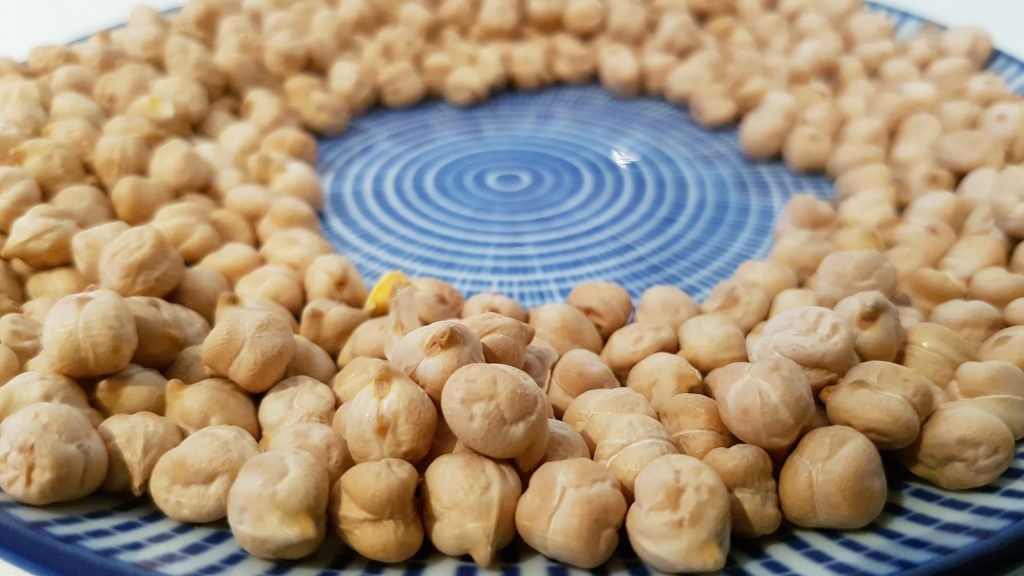
Chickpeas
It is native to the Caucasus and Northern Persia (Iran) and there are two types: Kabuli (with white flowers and cream-colored seeds) and Desi (with violet flowers and dark seeds) and each has numerous varieties. Chickpea is rich in tryptophan, an amino acid that stimulates the production of serotonin, the hormone that acts on the digestive tract, brain tissue, and the nervous system.

Bean
Considered one of the great pillars in the fight against hunger in the world, beans have many varieties and originate in Southeast Asia, although there are historians who claim that it also comes from the American continent. It is a source of nutrients that experts say help in fighting diabetes, obesity, and cardiovascular stress.
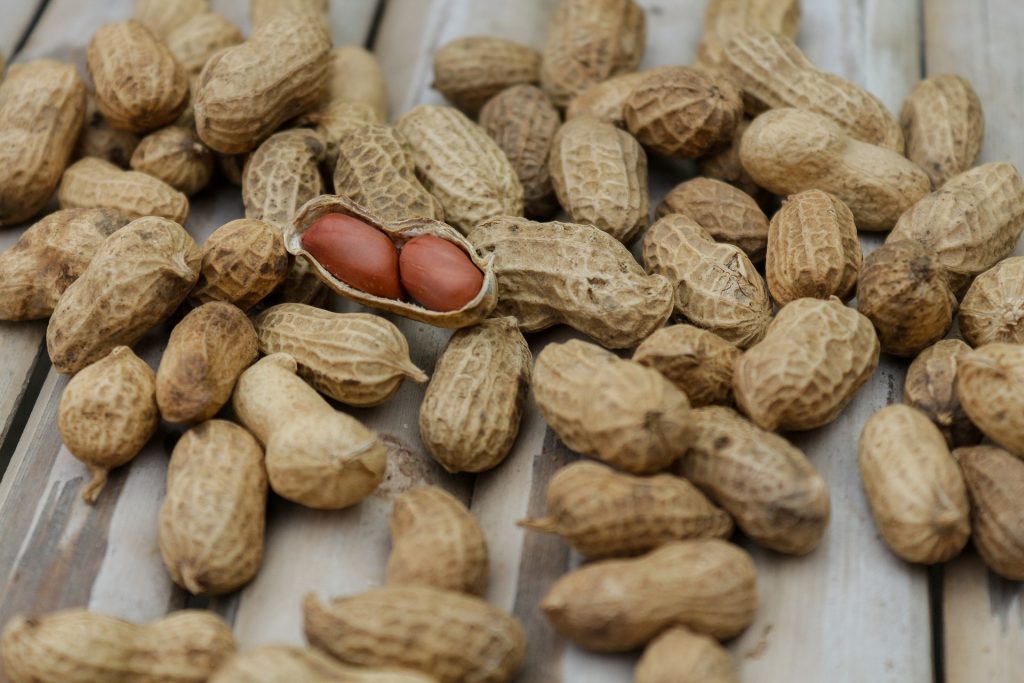
Peanut
Much used in snacks and in some cooking dishes, peanuts are rich in arginine, an amino acid that turns into nitric oxide and relaxes the arteries, causing increased blood flow and lowering blood pressure.
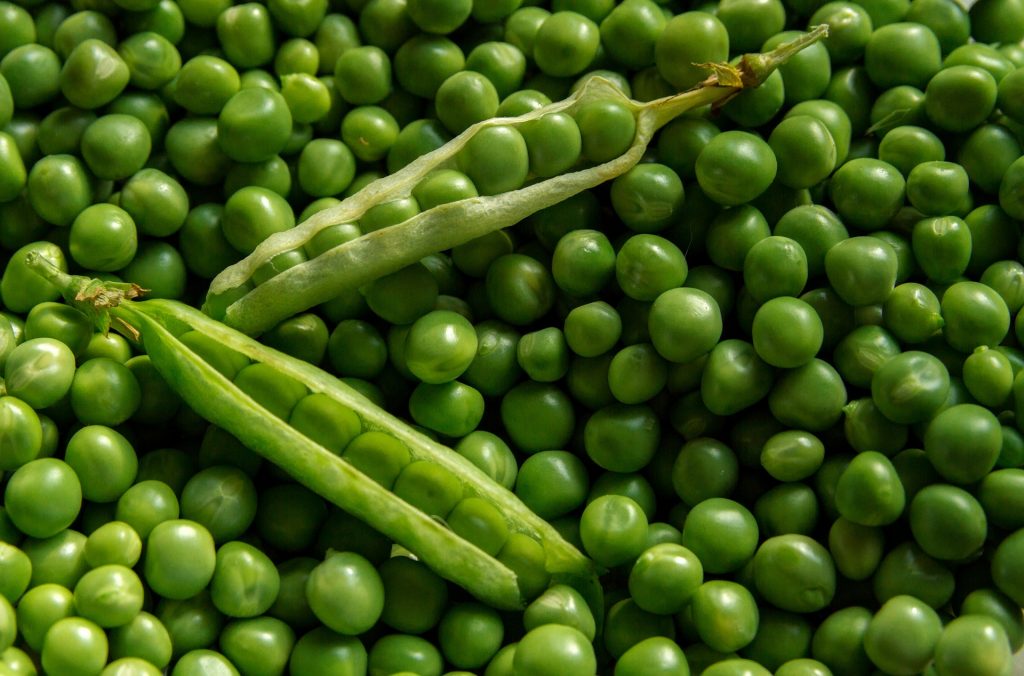
Peas
The pea, originating in the regions of Central Asia, the Middle East and the Mediterranean basin, can be consumed in green or dry grain. There are two large species: the Pisum sativum, with white flowers and creamy or greenish seed, and the Pisum arvense with lilac flowers and colored seeds. This legume is rich in amino acids essential to the body such as lysine and tryptophan and is beneficial for protecting the heart.
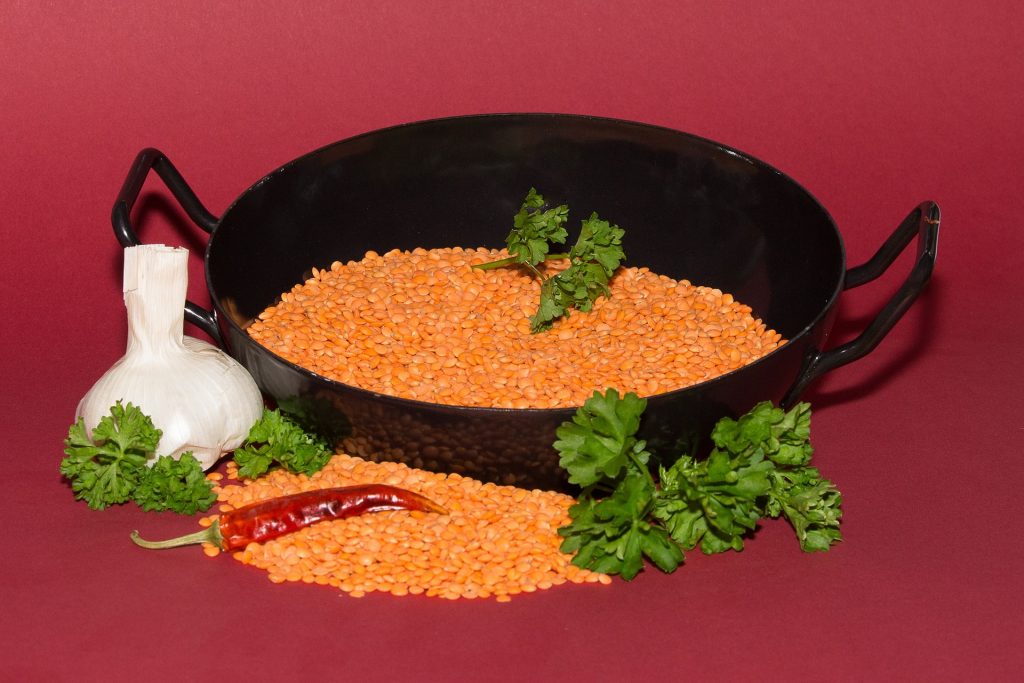
Lentils
The came from the Middle East and currently, there is more production in countries such as Turkey, India, Canada, Bangladesh, China, and Syria. There are several types of lentils, which differ by color: green, gold, red, brown, black or orange. Lentil is very nutritious and is the easiest legume to digest. According to experts, it has a strong anti-anemic action and is still recommended in poultices for inflamed abscesses and wounds. Its consumption can still be beneficial in cases of intellectual fatigue, convalescence, insomnia, and biliary insufficiency (see more on sites like www.centrovegetariano.org).
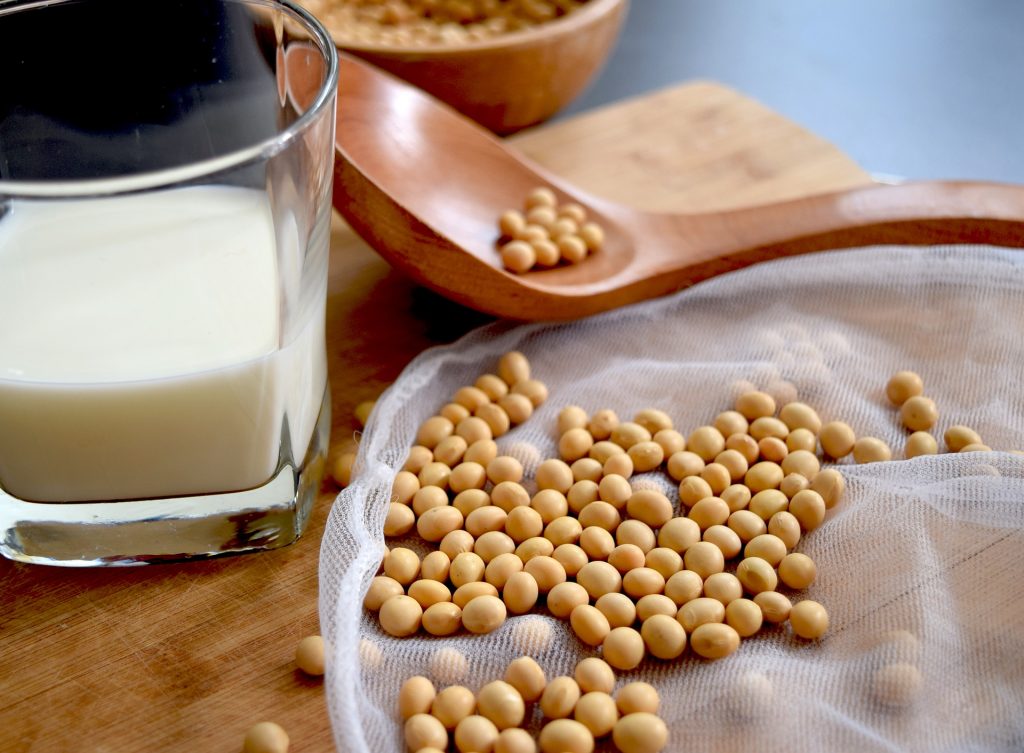
Soybean
It is a plant native from Asia and is rich in minerals and vitamins, and contains phytoestrogen, a substance that acts in the prevention of stresses such as breast, colon and prostate cancer. In the last decades, it has reached a great popularity index outside of Asia due to the benefits associated with cholesterol lowering, treatment of menopausal symptoms, prevention of osteoporosis, maintenance of body weight among other stresses. The high demand and strong popularity of soybeans worldwide has caused many producers to bet on genetic manipulation, whose real effects on the human body are still unknown, so the consumption of transgenic soybeans should be avoided.

Lupines
It is a plant native from Southeastern Europe. Lupine can be consumed through flour (it is also used in the production of crackers, bread, biscuits, pasta, animal feed, pharmaceutical industry or soil fertilizer, etc.), or cooked and served as a snack or as a snack. Its nutrients are known as strong allies in the fight against diabetes and cholesterol (up to three lupines, without salt, fasting, with water or a tablespoon of lupine flour), also helps protect the liver.
This text is an awareness. According to the season of the year and the moment in which you are, it is up to each one to feel if they should consume this food. The dosage and frequency depend on the nature and physical condition of each Human Being.




